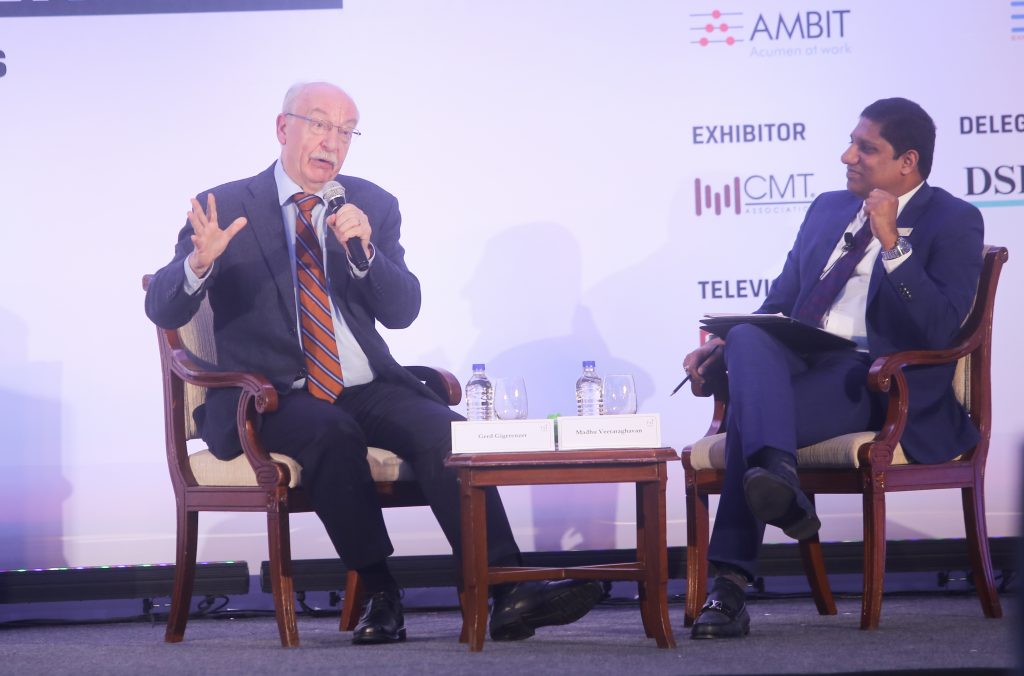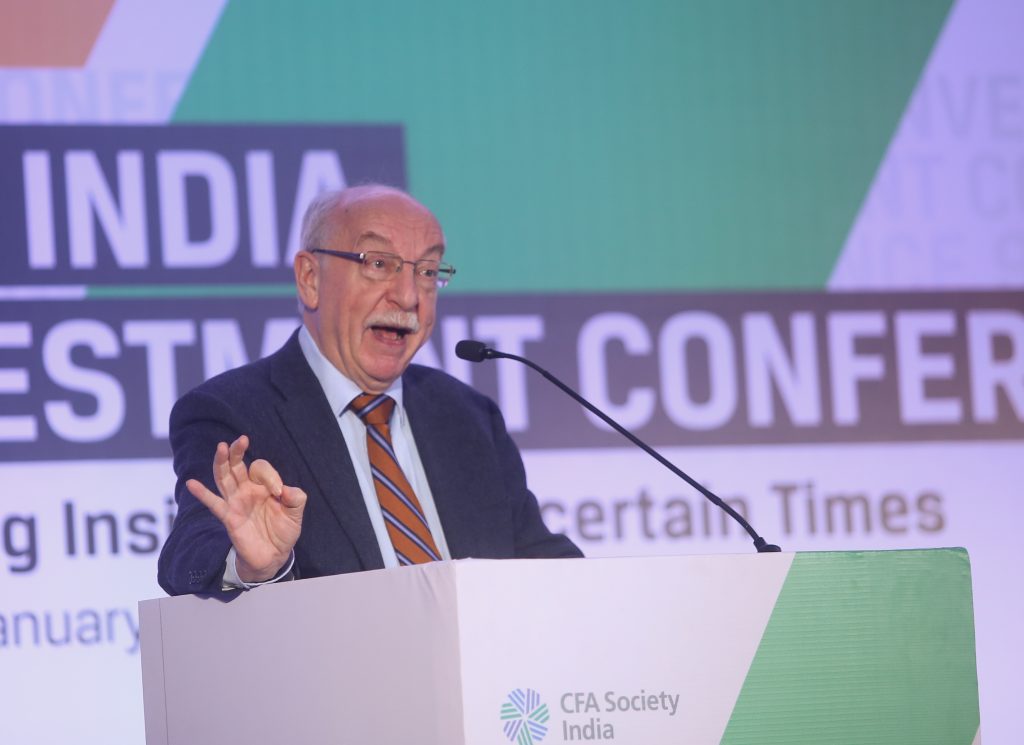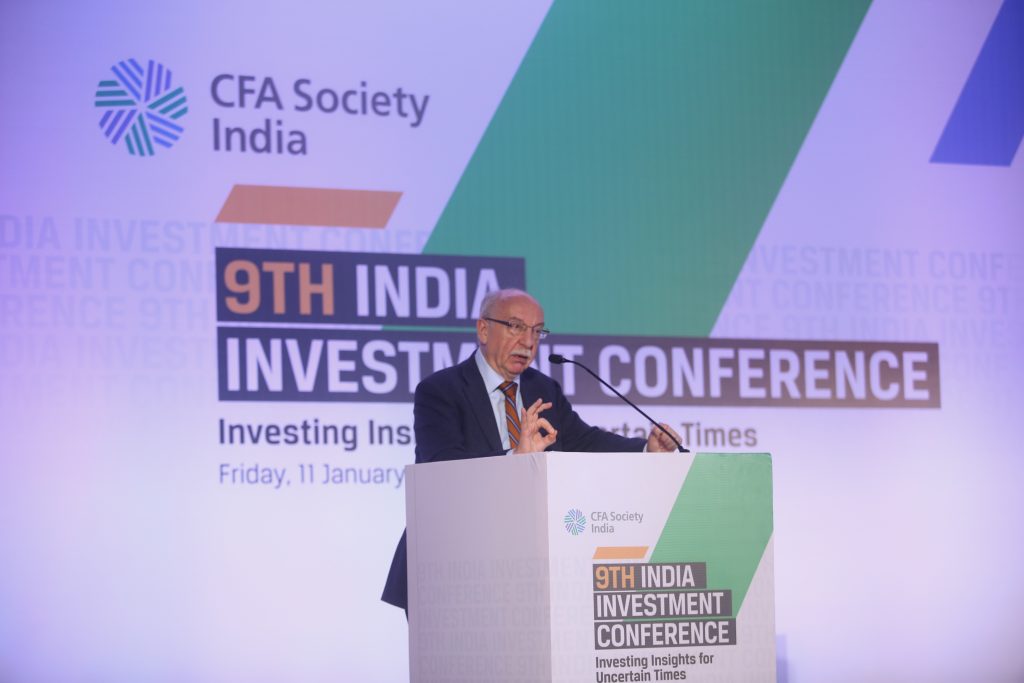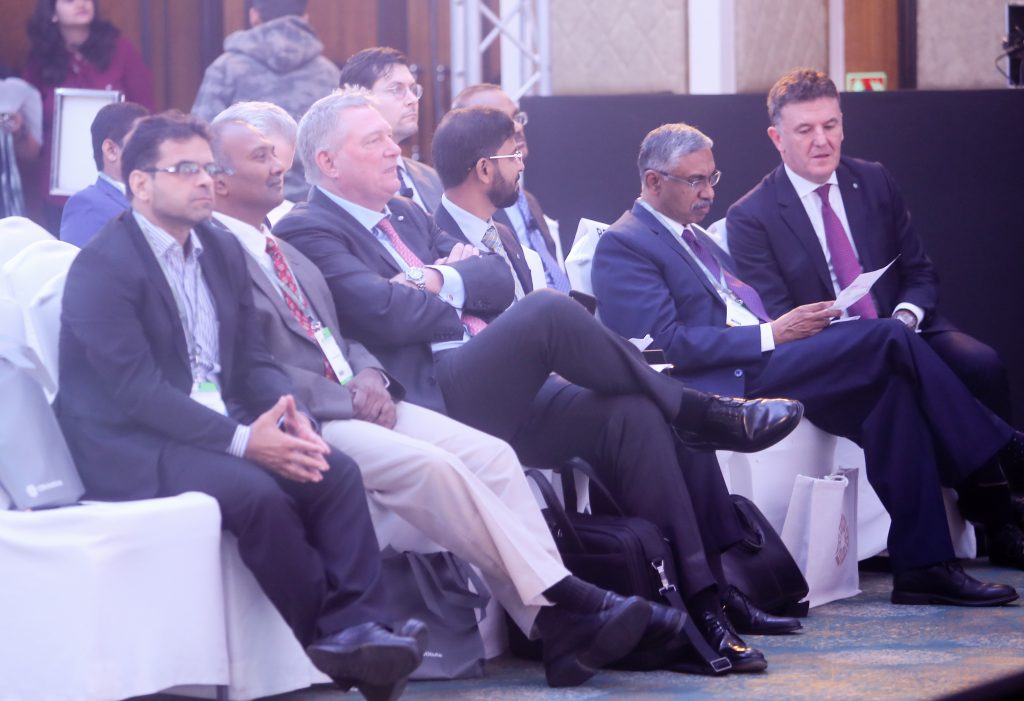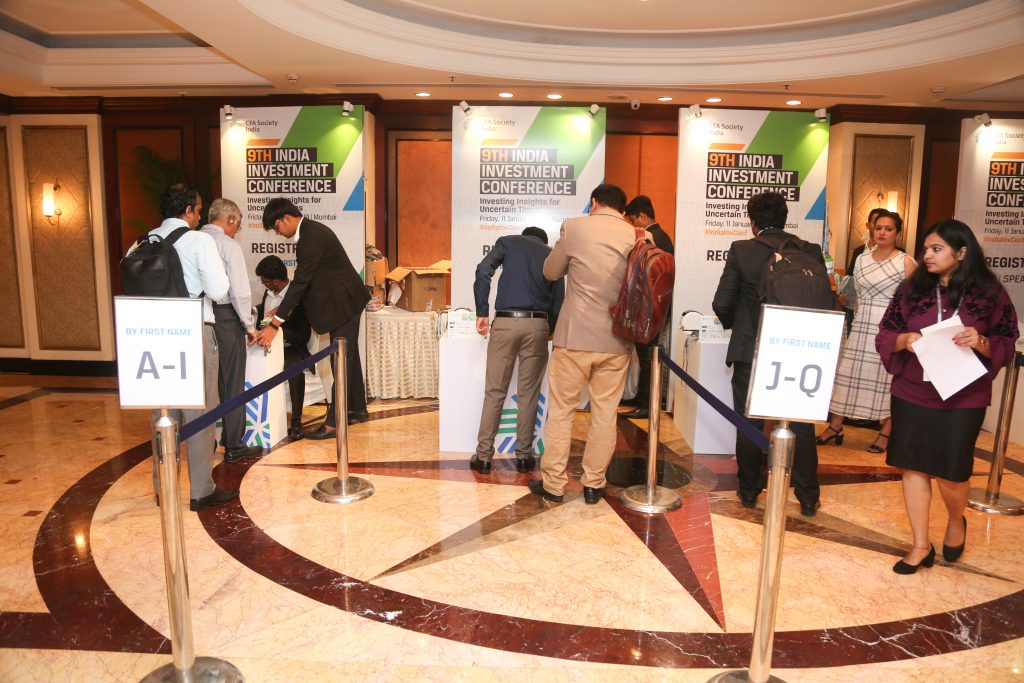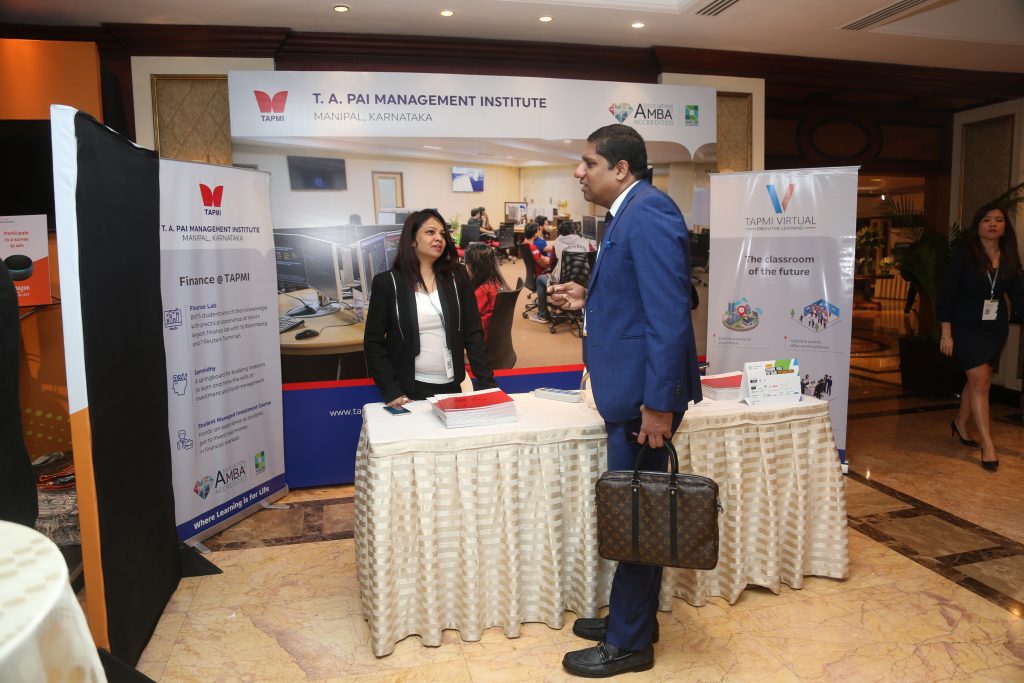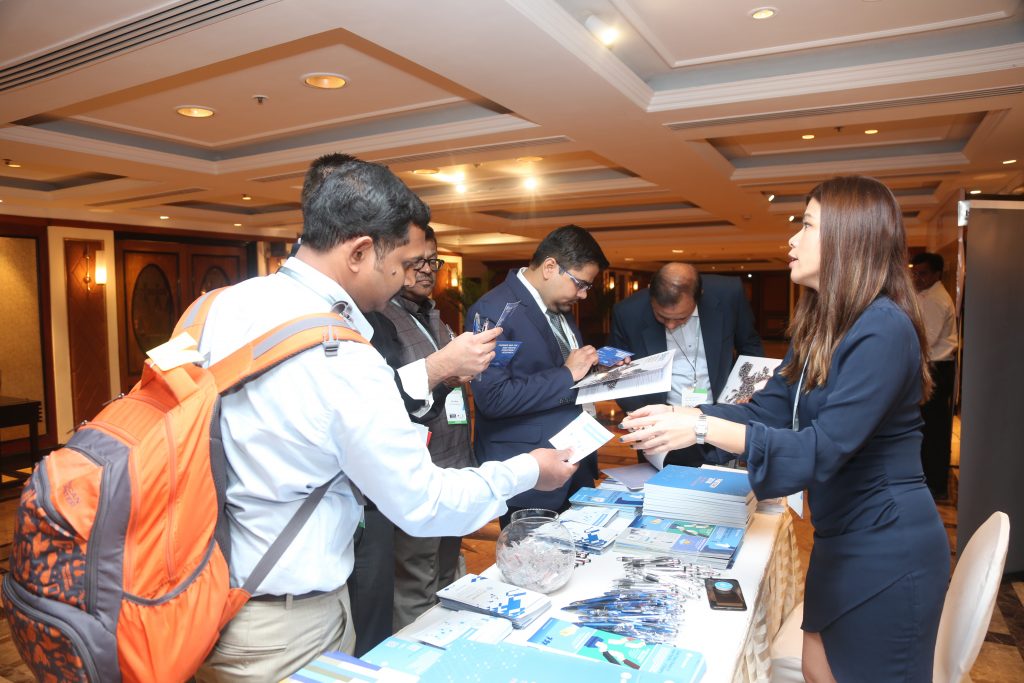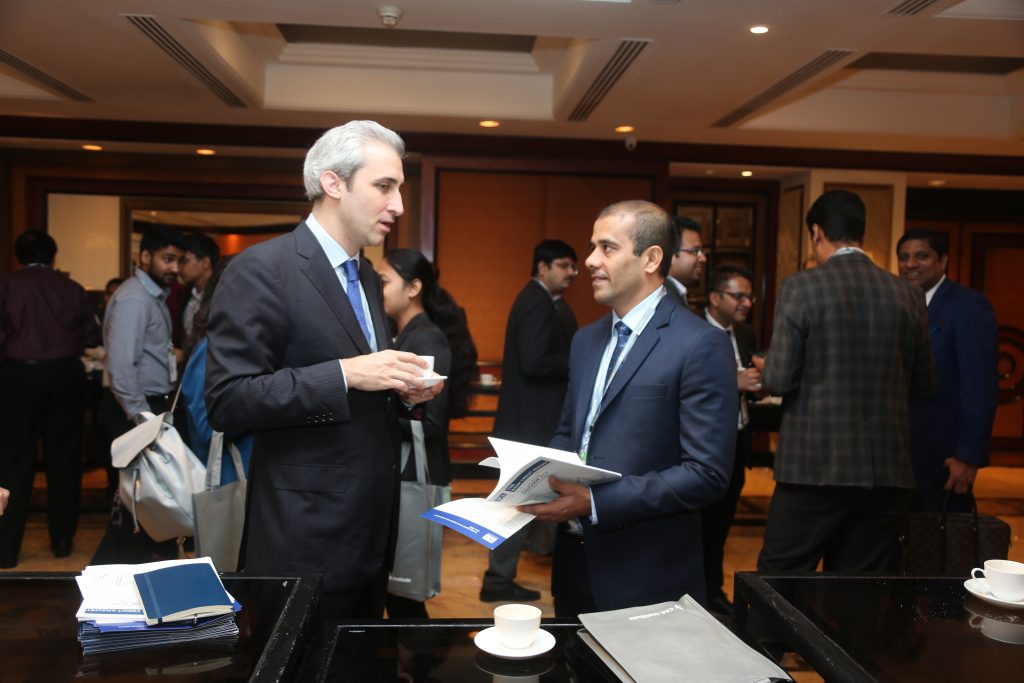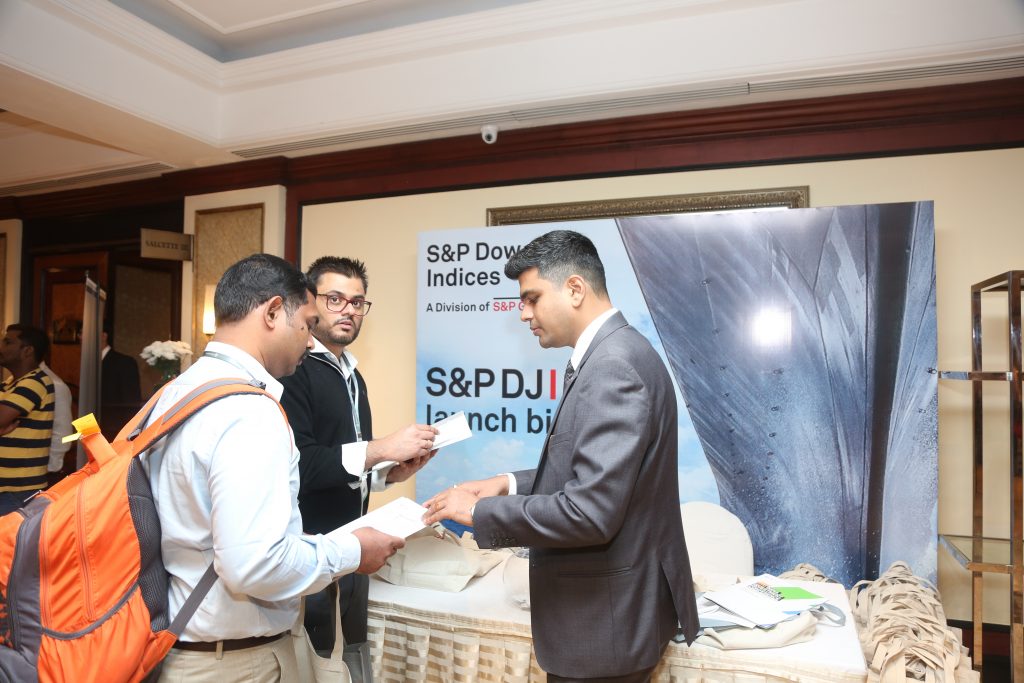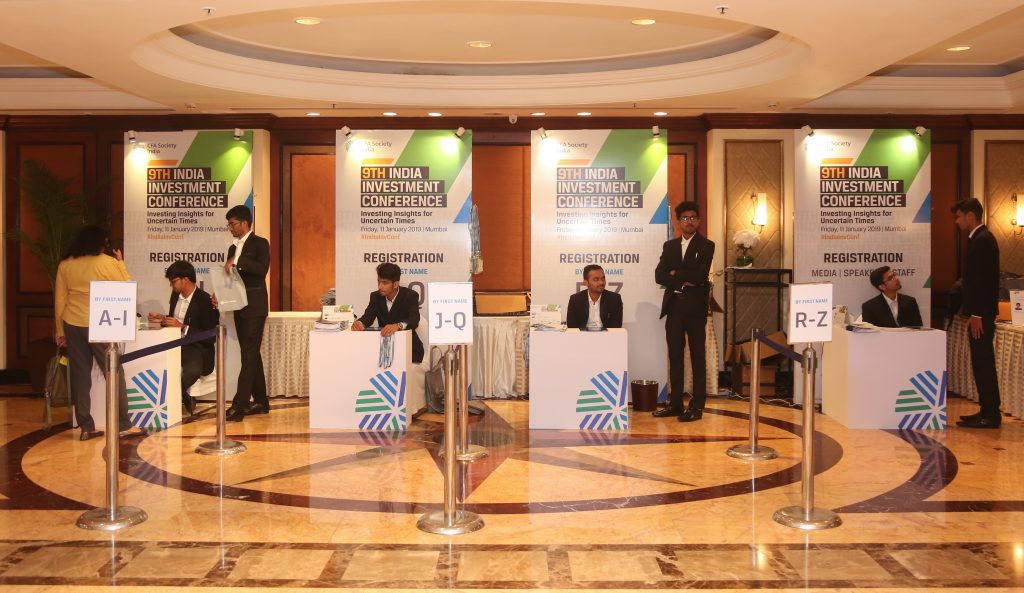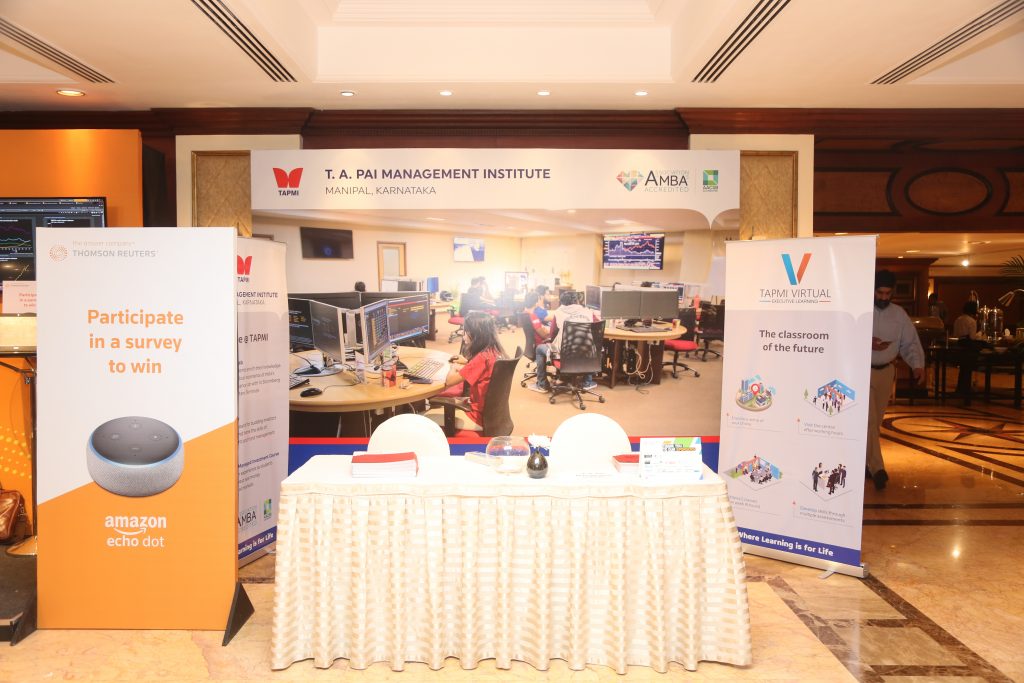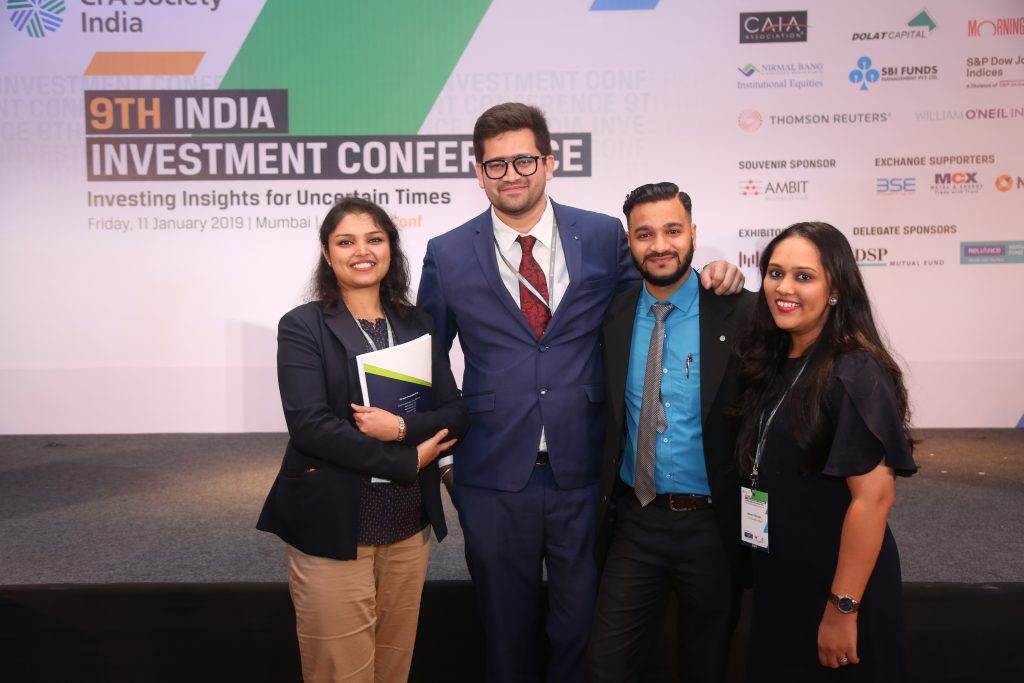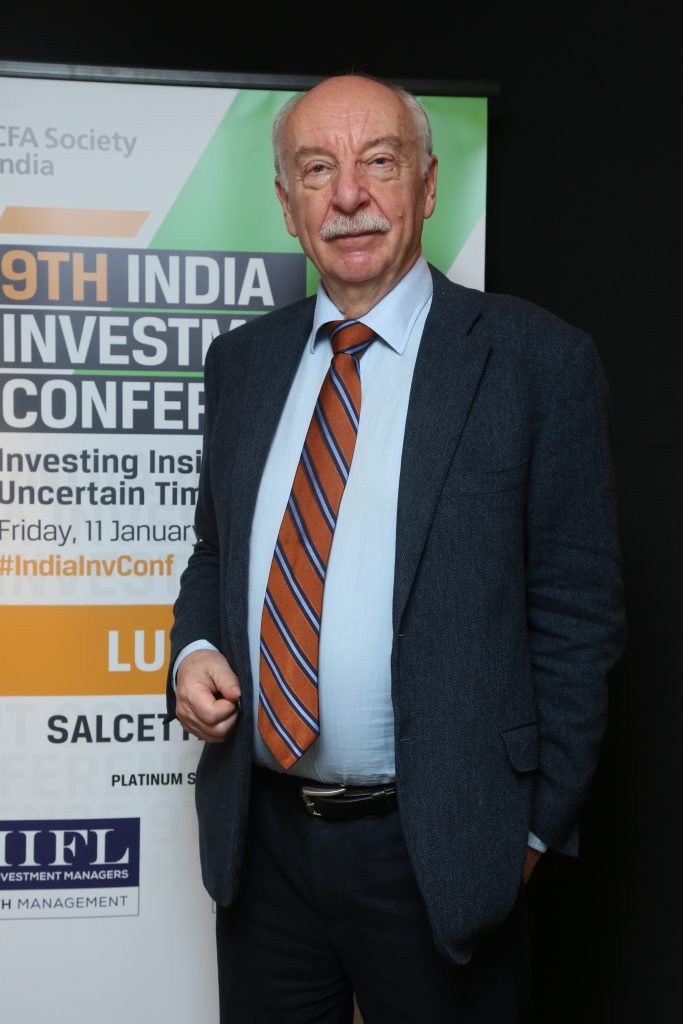- January 20, 2019
- Posted by:
- Category:BLOG, Events, India Investment Conference, Mumbai
 Speaker: Gerd Gigerenzer, Director, Harding Center for Risk Literacy, Max Planck Institute for Human Development
Speaker: Gerd Gigerenzer, Director, Harding Center for Risk Literacy, Max Planck Institute for Human Development
Moderator: Madhu Veeraraghavan, Director and T.A. Pai Chair Professor of Finance, T.A. Pai Management Institute (TAPMI)
Written by: Chetan Shah, CFA, Director and Secretary, CFA Society India (IAIP), and Partner, 3 Jewels Investing
Most of the activities or events in the real world do not need complex formulae or algorithms to deal with them successfully. Take the example of Fly ball or cricket ball. In order to catch the ball, one can build in complex equations taking into consideration the angle of trajectory from the ground, force it has been hit with the bat, acceleration and later deceleration, and finally the spot where it will land. If the player were to do all those calculations in fraction of seconds will he be successful? Nope. Instead he is trained to run behind the ball keeping the angle of gaze constant, until the ball lands up in his hands.
Take another example of using simple heuristics. Chesley Burnet Sullenberger III (Sully) is a well known airline captain who landed US Airways Flight 1549 on the Hudson River off Manhattan after both the engines shut off as the plane was being hit by a flock of Canadian Geese shortly after take-off. All the 155 passengers on board survived. After the trials, the National Transportation Safety Board ruled that Sully made a correct decision in landing the plane on the river instead of attempting to return back to LaGuardia airport. Simulations performed at the Airbus Training Center Europe in Toulouse showed that the flight could have made it back to the airport had that maneuver begun immediately after the bird strike. However, such scenarios both neglected the time necessary for the pilots to understand and assess the situation, and risked the possibility of a crash within a densely populated area.
In both the above examples the intuitions of experts and the simple rules they followed helped them take faster and better decision. Such simple rules or heuristics are often been overlooked by the people. There are three widespread misconceptions about them viz. heuristics are always second-best to optimization based decision models, heuristics are unconscious and error prone, and complex problems require complex solutions. That happens because of failure to distinguish between “risk” and “uncertainty” and responses to deal with them. Professor Gerd Gigerenzer provided valuable insights in this area in a simple and humorous way.
The four key messages from Gerd were (1) “risk” is not “uncertainty”. This distinction is still not very well understood & appreciated by many academicians. When we talk about risks, perfect knowledge of the future states of the world, their consequences and probabilities are available. Whereas under uncertainty all the future states, consequences and probabilities cannot be foreseen. Hence the best decision under “risk” may not be the best decision under “uncertainty”. (2) For taking rational decision making under uncertainty, simple heuristics are helpful as they reduce error compared to complex models which over-fit the past data. To illustrate the same consider the last year’s data on London’s daily temperatures or levels of any financial market index. Professor showed curves fitting the past data drawn with polynomial equations having degrees ranging from 1 to 12 degrees. Which one of these fits this data better? Naturally, the one with more degrees. However, when it came to predicting future temperatures or levels that was not true. The one with 3 (and up to 7) degrees predicted better than the higher degree polynomials. Likewise the one with only one degree showed higher variance. Hence the phrase from Einstein “make it simple but not too simple”. One degree has high bias + moderate variance. Third degree polynomial too has high bias but low variance. Higher degree polynomials like 12 degrees lead to low bias but very high variance in predictions. So in the field of predictions under uncertainty, you need to scale things down. (3) Are Finance Theories useful? We need new financial models, which are simple and have better predictability. Optimization models used to manage risk only create illusions of safety. (4) Lastly, less is more. Simple heuristics decision model can be more effective than complex optimization models. For example, the Fast & Frugal Tree for assessing bank vulnerability and comprising of only few key variables like (a) leverage ratio (<4.1%?), (b) market-based capital ratio (<16.8%), (c) Loan to deposit ratio (> 1.4%) is more likely to succeed. This is because (i) they are simple to explain to key stakeholders like management and investors and easier to monitor, (ii) the correct combination of indicators can be less prone to gaming by the industry and (iii) banks can be spared with all complex stress tests. Hence simple effective rules are better.
- CGS

